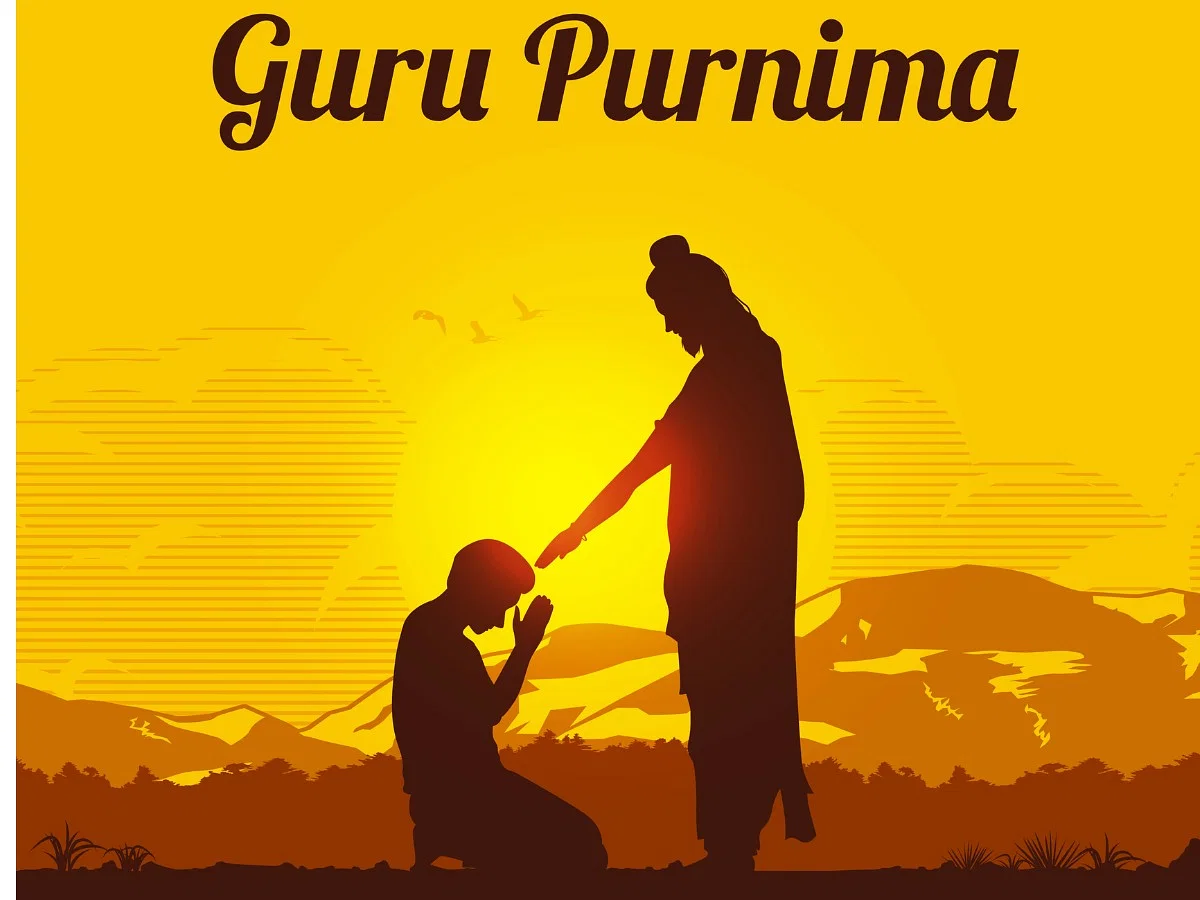Introduction
Guru Purnima, a revered festival celebrated in various parts of India and Nepal, is a day dedicated to honoring and expressing gratitude towards our gurus, teachers, mentors, and spiritual guides. It falls on the full moon day (Purnima) in the Hindu month of Ashadha (June-July). Guru Purnima holds immense significance in Hindu, Buddhist, and Jain traditions, as it highlights the importance of the guru-disciple relationship and the role of knowledge in one’s life. In this article, we will explore the date, timings, history, rituals, and significance associated with Guru Purnima in 2023.
Date and Timings
Guru Purnima in 2023 will be observed on 3rd July. The auspicious timing for Guru Purnima Puja (worship) varies according to the lunar calendar. The Purnima Tithi (full moon day) begins at July 2, 2023 – 08:21 PM and end July 3, 2023 – 05:08 PM. It is considered ideal to perform the rituals during the early morning hours.
History and Significance
The celebration of Guru Purnima finds its roots in ancient Indian scriptures and traditions. This day holds deep historical and mythological significance. It is believed that on Guru Purnima, the sage Vyasa, who is revered as one of the greatest gurus and scholars in Hindu mythology, was born. Vyasa is known for compiling the Vedas and writing the epic Mahabharata. Guru Purnima also marks the day when Lord Buddha delivered his first sermon at Sarnath in Uttar Pradesh, setting in motion the wheel of Dharma.
Guru Purnima is a reminder of the importance of knowledge, wisdom, and the profound impact of gurus in shaping our lives. It serves as an occasion to pay homage to our teachers and express gratitude for their guidance and teachings. The word “guru” itself means dispeller of darkness, as gurus illuminate our path and lead us towards enlightenment.
Rituals and Celebrations
- Guru Puja: Devotees gather in temples, ashrams, and spiritual centers to offer special prayers and perform puja (worship) dedicated to their gurus. This includes offering flowers, incense, and other sacred items.
- Discourse and Teachings: Spiritual talks, discourses, and discussions are organized by various religious and spiritual organizations. These sessions provide an opportunity for seekers to deepen their understanding of spiritual principles and learn from enlightened beings.
- Guru Dakshina: It is a tradition to offer Guru Dakshina, which symbolizes gratitude and respect. Devotees present gifts, donations, or offerings to their gurus as a token of appreciation for their invaluable guidance and teachings.
- Chanting and Meditation: Many individuals engage in chanting of mantras, recitation of sacred texts, and meditation practices to invoke blessings and seek spiritual enlightenment on this auspicious day.
- Self-reflection and Introspection: Guru Purnima also encourages individuals to reflect upon their personal growth, acknowledge their own learnings, and make a commitment to continue their journey of self-improvement and spiritual evolution.
Conclusion
Guru Purnima is a cherished festival that celebrates the significance of gurus and the pursuit of knowledge. It is a time for introspection, gratitude, and spiritual growth. As we honor our gurus, mentors, and teachers, we acknowledge their contributions in shaping our lives and guiding us towards wisdom and enlightenment. May Guru Purnima inspire us to continue seeking knowledge, embracing wisdom, and












